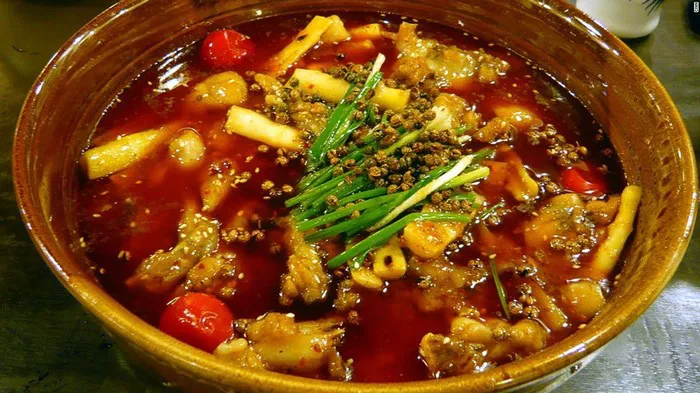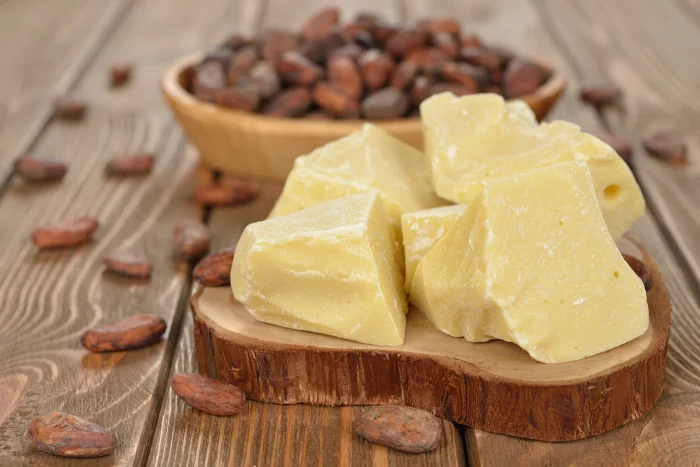Chinese broccoli, also known as gai lan or Chinese kale, is a popular and highly nutritious vegetable in Chinese cuisine. With its thick, crunchy stems and dark green leaves, it offers a unique flavor profile that is both slightly bitter and earthy, making it a versatile ingredient in a wide range of dishes. Whether stir-fried, steamed, or used in soups, Chinese broccoli can add a delicious and healthy touch to your meals. In this comprehensive guide, we will explore the various methods and techniques for cooking Chinese broccoli to perfection, from selecting the freshest specimens to preparing and cooking them in ways that enhance their natural flavors and textures.
Appearance and Texture
Stems and Leaves: When choosing Chinese broccoli at the market or grocery store, first examine the stems. Look for firm and thick stems that are free from any signs of wilting or soft spots. The stems should be a vibrant green color and have a smooth surface. Avoid stems that are discolored, yellowing, or have blemishes, as these may indicate that the broccoli is past its prime. The leaves should also be a deep green and appear fresh and crisp. They should not be wilted, yellowed, or have holes or tears, which could suggest insect damage or improper handling.
Gently squeeze the stems to test their firmness. They should feel sturdy and not give way easily. If the stems are too soft or bendy, the broccoli may have lost its freshness and flavor. Additionally, check the tips of the leaves. They should be closed and not starting to flower. Once the leaves begin to flower, the flavor of the Chinese broccoli can become more bitter and less desirable.
Size and Shape
Chinese broccoli comes in various sizes, but generally, medium-sized specimens are a good choice. They are likely to be more tender and have a better balance of stem to leaf ratio. However, larger bunches can also be used, especially if you plan to cut them into smaller pieces for cooking. Look for Chinese broccoli that has a relatively straight and uniform shape. This makes it easier to prepare and cook evenly. Avoid broccoli that is misshapen or has overly curved or twisted stems, as these may be more difficult to handle and may not cook evenly.
Smell
Fresh and Earthy Aroma: A fresh bunch of Chinese broccoli should have a pleasant, earthy smell. It should not have any off-putting odors, such as a sour or musty smell. The earthy aroma is characteristic of its freshness and indicates that it has been properly stored and handled. If the broccoli has a strong, unpleasant smell, it may be spoiled or have been stored in unfavorable conditions. Sniff the broccoli near the stems and leaves to get a good sense of its aroma. If it smells fresh and inviting, it is likely to taste good when cooked.
Washing and Cleaning
Rinsing Thoroughly: Before cooking Chinese broccoli, it is essential to wash it thoroughly to remove any dirt, debris, or pesticides. Place the broccoli in a large bowl or sink filled with cold water. Gently swish the broccoli around to loosen any dirt. Let it soak for a few minutes to allow any sediment to settle to the bottom of the water. Then, lift the broccoli out of the water, being careful not to disturb the dirt at the bottom.
Rinse each stem and leaf under running cold water to ensure that all dirt is removed. Pay particular attention to the crevices and undersides of the leaves, as dirt can often hide there. You can also use a soft brush to gently scrub the stems if necessary. After rinsing, shake off any excess water or pat the broccoli dry with a clean towel.
Trimming and Cutting
Trim the ends of the stems of the Chinese broccoli. Cut off about 1 to 2 inches from the bottom of each stem, as this part can be tough and fibrous. You can also peel the outer layer of the thickest stems if they seem particularly tough. This will help to make the stems more tender when cooked. Next, cut the Chinese broccoli into smaller pieces, if desired. You can leave it in long stalks for certain dishes, such as stir-frying, or cut it into shorter lengths or even bite-sized pieces for soups or other preparations. If the leaves are very large, you can cut them in half or into smaller sections to make them more manageable.
Stir-Frying
Ingredients and Preparation: To stir-fry Chinese broccoli, you will need a wok or a large skillet with a lid. Heat the wok over high heat until it is very hot. Add a small amount of oil, such as peanut oil or vegetable oil. Let the oil heat up until it starts to shimmer. While the oil is heating, prepare your seasonings. You can use minced garlic, grated ginger, and a splash of soy sauce or oyster sauce. You may also want to add a pinch of salt and a dash of white pepper.
Reheating Methods
Microwave Reheating: To reheat Chinese broccoli in the microwave, place it in a microwave-safe dish. Add a small amount of water, about 1 to 2 tablespoons, to prevent it from drying out. Cover the dish with a microwave-safe lid or a paper towel. Heat on medium power for about 1 to 2 minutes per serving, depending on the amount of broccoli and the power of your microwave. Stir the broccoli halfway through the reheating process to ensure even heating. Check the temperature and texture of the broccoli after reheating. It should be heated through and still have a bit of firmness to the stems and wilted leaves. If it is too dry, you can add a little more water and heat it for a few more seconds.
Microwave reheating is a quick and convenient method, but it may not result in the best texture. The broccoli may become a bit softer than when it was freshly cooked.
Stovetop Reheating
Reheating Chinese broccoli on the stovetop can help to restore some of its original texture. Place the broccoli in a small skillet or saucepan. Add a small amount of water or broth, about 2 to 3 tablespoons. Cover the pan and heat over low to medium heat. Stir the broccoli occasionally as it heats. Let it heat for about 3 to 5 minutes until it is heated through. If you want to add more flavor, you can add a small amount of soy sauce, garlic, or ginger while reheating. The stovetop method allows you to control the heat more precisely and can result in a better-textured reheated broccoli.
However, it is important to be careful not to overcook the broccoli again. Watch it closely and remove it from the heat as soon as it is heated through.
Conclusion
Cooking Chinese broccoli offers a world of delicious possibilities. From its simple yet satisfying stir-fried preparations to its delicate steamed and blanched versions, this versatile vegetable can enhance a wide range of meals. With the right selection, preparation, and cooking techniques, you can bring out the best in Chinese broccoli, whether it’s as a side dish, a component of a main course, or a healthy addition to soups and stews. Experimenting with different seasonings and flavor combinations allows you to tailor it to your taste preferences and create unique and memorable dishes. By understanding how to store and reheat it properly, you can also make the most of any leftovers. So, embrace the art of cooking Chinese broccoli and enjoy its many benefits and flavors in your kitchen.
Related Topics:























